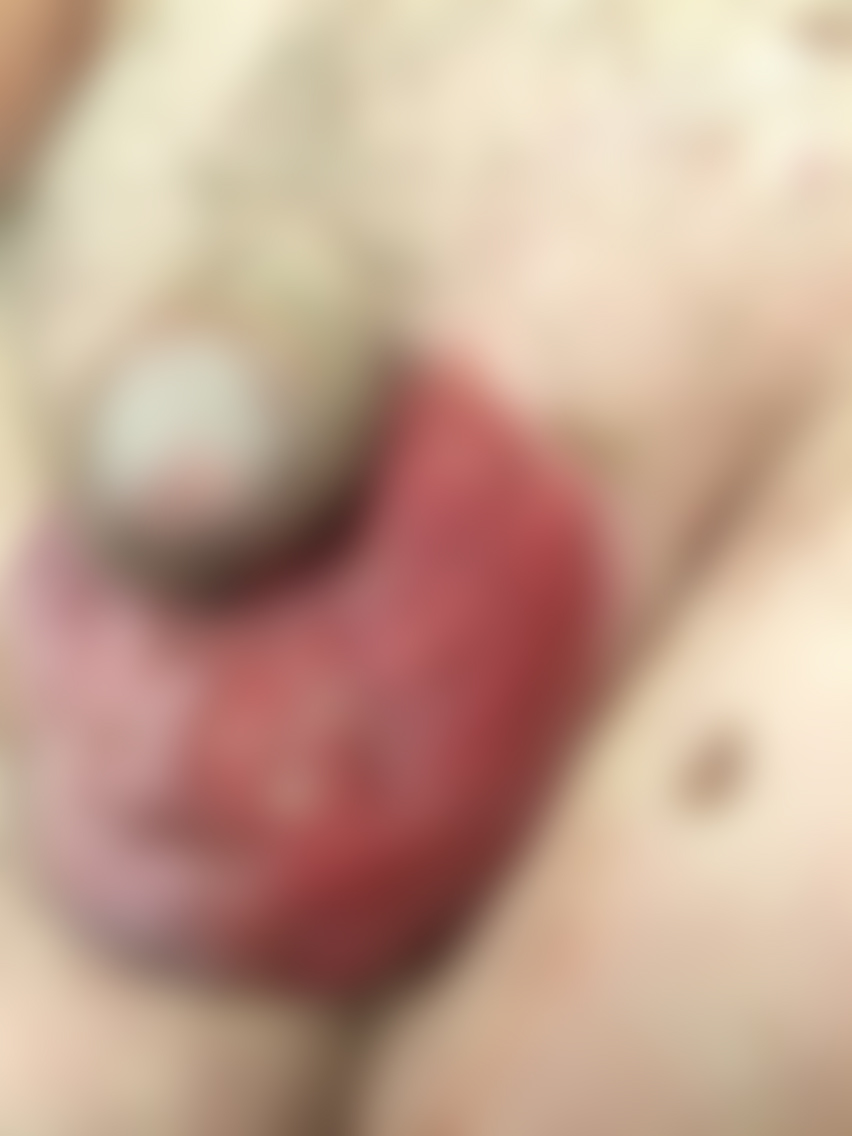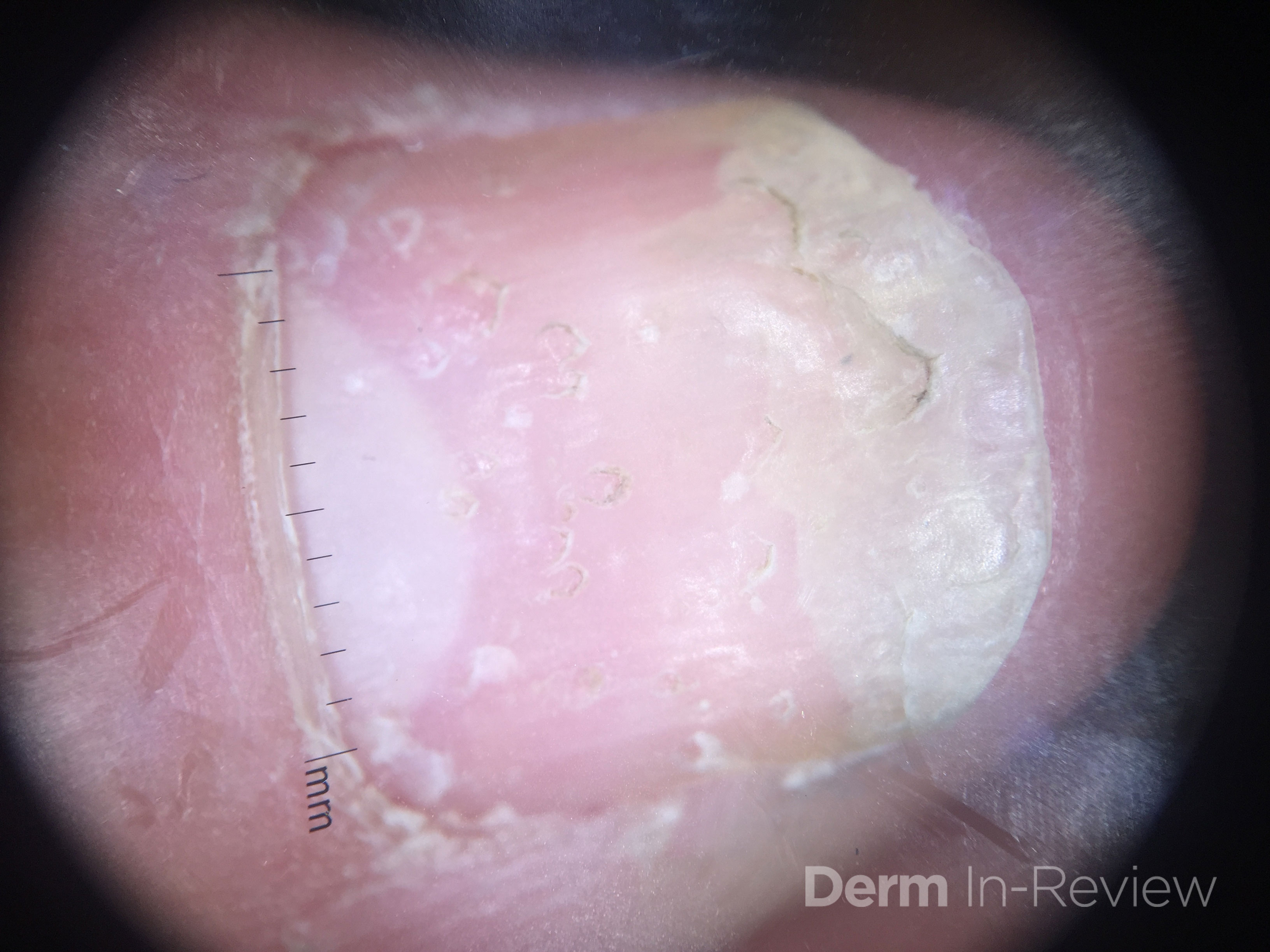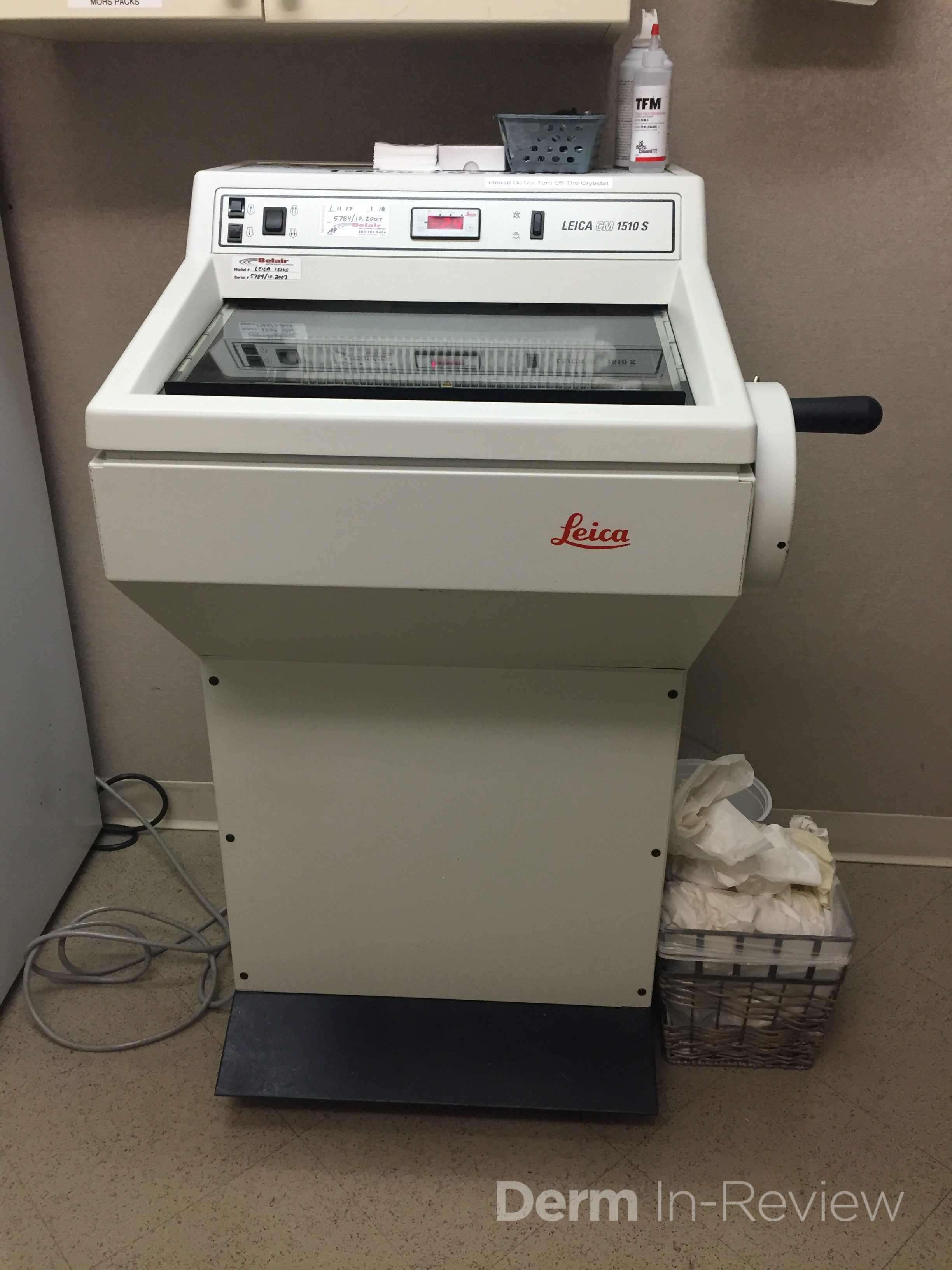Immunohistochemical Stain – Friday Pop Quiz 3/22
 If positive, which immunohistochemical stain supports further evaluation with colonoscopy and cystoscopy?
A. CK20
B. Congo Red
C. S100
D. CD34
E. Neuron specific enolase
To find out the correct answer and read the explanation, click here.
Brought to you by our Brand Partner
…
If positive, which immunohistochemical stain supports further evaluation with colonoscopy and cystoscopy?
A. CK20
B. Congo Red
C. S100
D. CD34
E. Neuron specific enolase
To find out the correct answer and read the explanation, click here.
Brought to you by our Brand Partner
…
 If positive, which immunohistochemical stain supports further evaluation with colonoscopy and cystoscopy?
A. CK20
B. Congo Red
C. S100
D. CD34
E. Neuron specific enolase
To find out the correct answer and read the explanation, click here.
Brought to you by our Brand Partner
…
If positive, which immunohistochemical stain supports further evaluation with colonoscopy and cystoscopy?
A. CK20
B. Congo Red
C. S100
D. CD34
E. Neuron specific enolase
To find out the correct answer and read the explanation, click here.
Brought to you by our Brand Partner
… Continue reading "Immunohistochemical Stain – Friday Pop Quiz 3/22"


 Next Steps readers had the opportunity to ask Dr. Vishal Patel questions on managing advanced cutaneous malignancy, high-risk skin cancers in immunocompromised patients, and the importance of certification in Mohs Surgery. See all of his insightful answers below.
What leadership positions are available for dermatology residents interested in pursuing a Mohs fellowship?
There are a variety of …
Next Steps readers had the opportunity to ask Dr. Vishal Patel questions on managing advanced cutaneous malignancy, high-risk skin cancers in immunocompromised patients, and the importance of certification in Mohs Surgery. See all of his insightful answers below.
What leadership positions are available for dermatology residents interested in pursuing a Mohs fellowship?
There are a variety of …  Blocking which cytokine would would be most beneficial in this condition?
A) IL-1
B) IL-10
C) IL-4
D) IL-5
E) IL-17
To find out the correct answer and read the explanation, click here.
Brought to you by our Brand Partner
…
Blocking which cytokine would would be most beneficial in this condition?
A) IL-1
B) IL-10
C) IL-4
D) IL-5
E) IL-17
To find out the correct answer and read the explanation, click here.
Brought to you by our Brand Partner
…  Some the best and brightest burgeoning dermatology residents from across the country participated in the Advanced Resident Training and Education (ARTE) scholarship program hosted at the 16th Annual ODAC Aesthetic, Surgical and Clinical Dermatology Conference.
ARTE scholars presented a total of 20 posters discussing medical, surgical, and cosmetic dermatology topics, including interesting case …
Some the best and brightest burgeoning dermatology residents from across the country participated in the Advanced Resident Training and Education (ARTE) scholarship program hosted at the 16th Annual ODAC Aesthetic, Surgical and Clinical Dermatology Conference.
ARTE scholars presented a total of 20 posters discussing medical, surgical, and cosmetic dermatology topics, including interesting case …  This week's topic: Cryostats
This device should be maintained at what temperature?
A. -10 C
B. -196 C
C. - 27 C
D. 0 C
E. -50 C
To find out the correct answer and read the explanation, click here.
Brought to you by our Brand Partner
…
This week's topic: Cryostats
This device should be maintained at what temperature?
A. -10 C
B. -196 C
C. - 27 C
D. 0 C
E. -50 C
To find out the correct answer and read the explanation, click here.
Brought to you by our Brand Partner
…